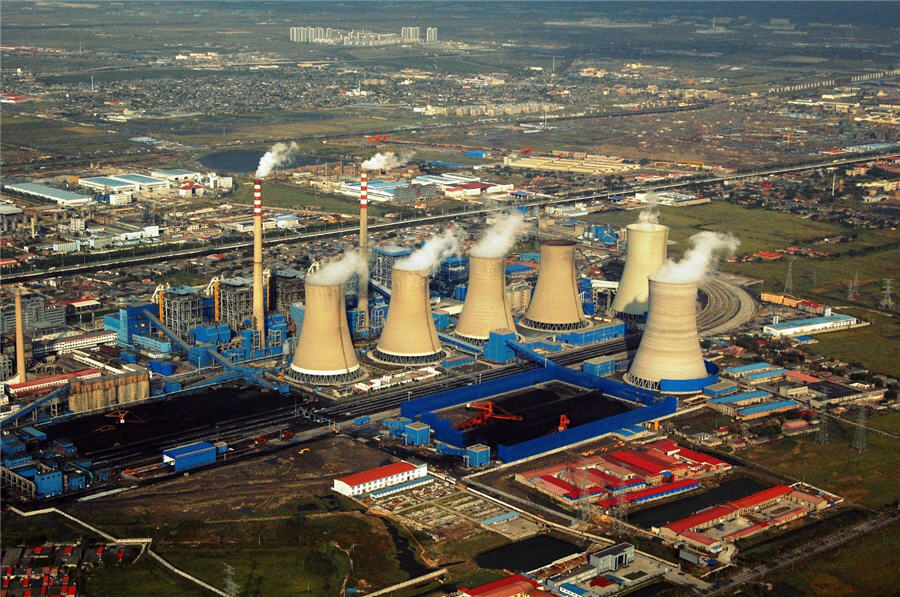
China is seeking to lower domestic coal prices to aid power producers, and has proposed that miners bring the benchmark grade to below 600 yuan ($87) a ton, according to people with knowledge of the matter.
The National Development & Reform Commission made the proposal to coal producers after six major utilities sought the government’s help to reduce their raw material costs in order to deliver a cut to power prices, the people said. China plans to lower electricity prices for industrial and commercial users by 10% this year.
China plans to lower electricity prices for industrial and commercial users by 10% this year
The top economic planning agency wants to bring monthly contract prices down to a so-called “yellow zone” and is targeting benchmark coal with energy value of 5,500 kcal/kg coal at less than 600 yuan, the people said. A final decision has not been made, according to the people.
NDRC didn’t respond to a fax seeking comment.
The step isn’t unusual. China is the world’s largest user and producer of coal, and has previously sought to balance the needs of its power enterprises with those of miners by securing a price range of about 500 to 570 yuan. Domestic coal has risen this year, spurred by mine inspections and import restrictions that crimped supply.
The spot price at Qinhuangdao port rallied to 634 yuan in March and has held steady despite an off-season for demand. It was last at 613 yuan on May 20, according to China Coal Resource.
The latest move signals coal power generators are under pressure from high raw material costs and the government’s plan to cut electricity charges. They’re also being challenged by a growing share of clean energy. China’s thermal generation slipped in April for the first time since late 2017, while solar and wind power output surged to records.
The country’s biggest power producers include China Huaneng Group and China Datang Corp. Its top miners are China Shenhua Energy Co., Yanzhou Coal Mining Co. and China Coal Energy Co.
Previous attempts by NDRC to control coal prices have focused on raising supply. After an early summer heatwave last year drove up electricity use, policy makers outlined measures to cool prices by increasing production and accelerating new capacity from advanced mines, as well as boosting efficiency of rail and transportation networks.